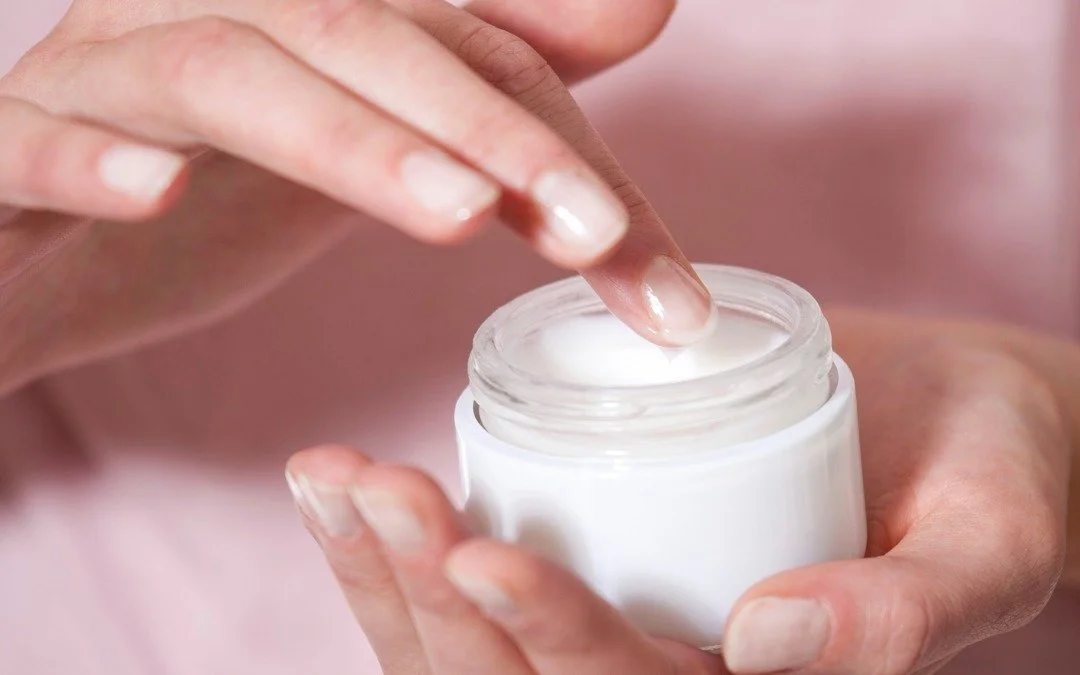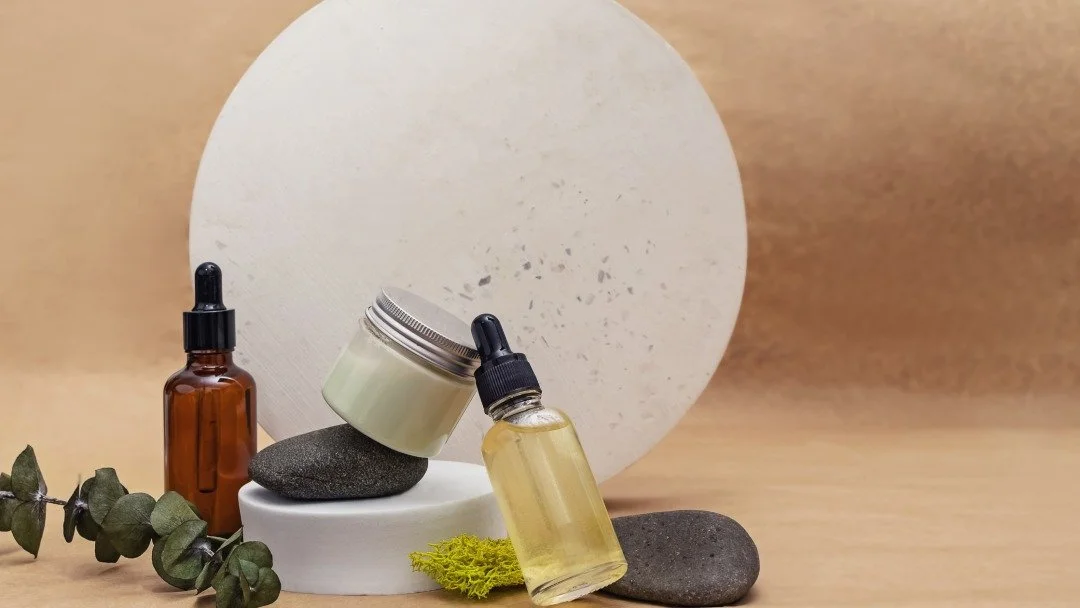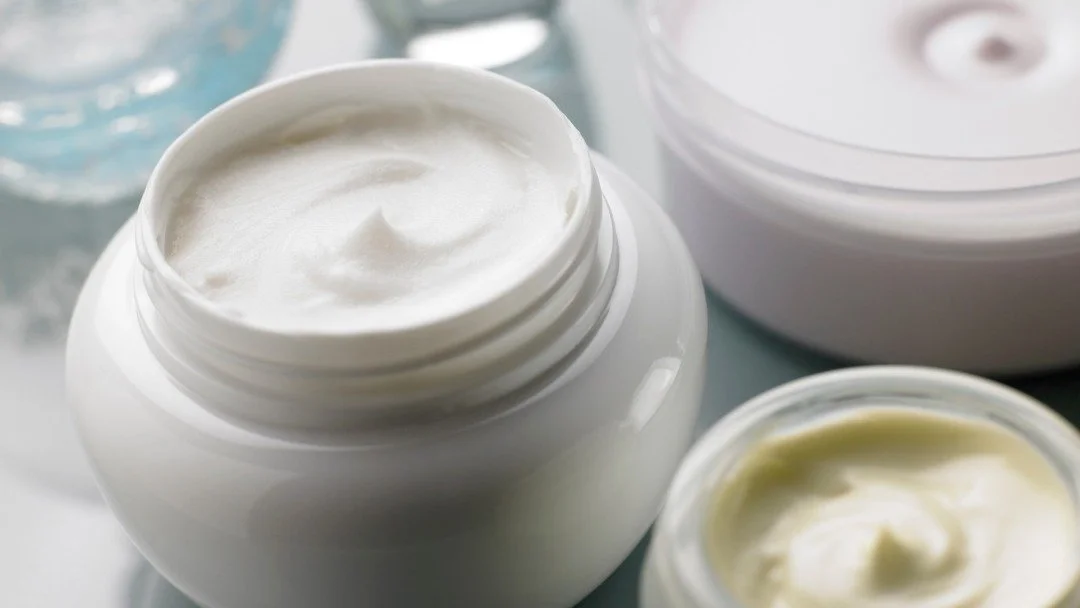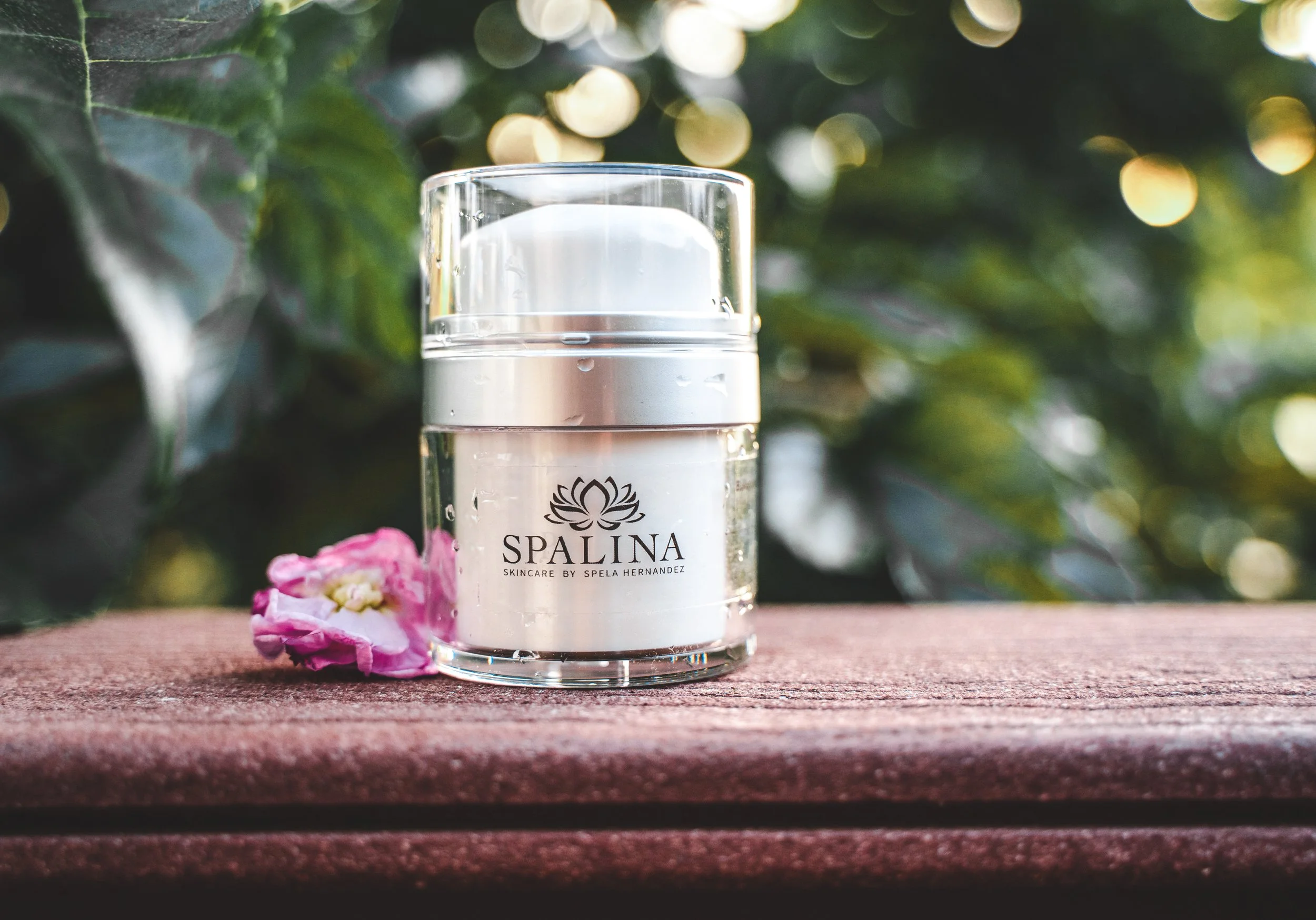The Ultimate Guide to Moisturizing Your Face
Your face is the first thing people see when they meet you, so it’s only natural for you to want to make sure you’re looking your best. That means having a healthy, hydrated complexion. And the key to that is proper moisturizing. Here’s everything you need to know about keeping your face looking fresh and dewy all day long. Women in their 20s, 30s, and even over 40s can benefit from our ultimate guide to moisturizing the face! We’ll cover everything from how moisturizers work to choosing the best one for your skin.
How do moisturizers work?
In order to understand how moisturizers work, it’s important to first consider how skin maintains its natural moisture barrier. Your skin naturally produces oils that help protect against environmental factors, but as we age and experience different climates, this balance can be disrupted and our natural moisture barrier gets compromised. This is where moisturizers come in! Moisturizers help to lock in hydration, while also improving the condition of your skin over time. Overall, moisturizers work by hydrating, protecting, and nourishing the skin.
Benefits of using a moisturizer
Moisturizing your face regularly can provide numerous benefits for your skin, including:
Hydration
One of the most obvious benefits of using a moisturizer is that it helps to hydrate the skin. They help add moisture to the skin or lock in existing moisture, helping to prevent dryness and flakiness.
Protection
Moisturizers can also help to protect the skin from environmental stressors like pollution and UV radiation. Some moisturizers contain ingredients like antioxidants that can help to neutralize free radicals and prevent damage.
Improve skin texture
Regular use of a moisturizer can also help to improve the texture and appearance of the skin. It can help to smooth out rough or uneven skin, reduce the appearance of fine lines and wrinkles, and give the skin a more youthful and radiant appearance.
Soothing effects
Moisturizers can have a soothing effect on the skin, helping to reduce redness, inflammation, and other types of irritation. Some moisturizers contain ingredients like aloe vera or chamomile that can help to calm and soothe the skin.
Balancing oil production
Contrary to popular belief, using a moisturizer can actually help to balance oil production in the skin. When the skin is dehydrated, it can produce more oil to compensate, leading to breakouts and other skin problems. By hydrating the skin with a moisturizer, you can help to prevent this from happening.
Overall, using a moisturizer can provide numerous benefits for your skin, from hydrating and protecting it to improving its texture and appearance. It’s important to choose a moisturizer that is appropriate for your skin type and to use it regularly as part of your daily skincare routine.
Can moisturizer clog pores?
This can be a tough question to answer, but fortunately, it’s not as complicated as you may think. Though it can happen in some cases, many types of moisturizers do not actually clog pores; however, it can depend on your individual skin type or which product you’re using.
To make sure you’re safely moisturizing your face regularly without having to worry about blocked pores, be sure to consider what ingredients are being used— some moisturizers can potentially clog pores, especially if they contain ingredients that are known to be comedogenic (i.e., ingredients that can block or clog pores). Comedogenic ingredients can include things like coconut oil, cocoa butter, and lanolin, among others. However, not all moisturizers will clog pores, and there are many non-comedogenic moisturizers available on the market.
In addition to choosing a non-comedogenic moisturizer, Here are other steps you can take to prevent clogged pores:
Cleanse your skin thoroughly: It’s important to cleanse your skin regularly to remove dirt, oil, and other impurities that can clog pores. Do use a gentle cleanser that’s right for your skin type.
Exfoliate regularly: Exfoliating can help get rid of dead skin cells and other debris that can clog pores. However, be careful not to over-exfoliate, as this can actually damage your skin.
Avoid heavy and/or greasy products: Heavy or greasy products like thick creams and face oils are more likely to clog pores. If you are prone to breakouts, it’s best to avoid these types of products.
Moisturizer vs serum
Moisturizing your face is essential to protect it from the elements and keep it looking young — but are moisturizers and serums interchangeable? The answer is no! While moisturizers offer hydration and nourishment, serums provide a heavier dosage of active ingredients that penetrate the skin tissue further. Use moisturizer after cleansing and toning your face, but don’t forget to use serum before moisturizer for the best outcome.
Moisturizer vs face oil
Moisturizers and face oils are both used to hydrate and nourish the skin, but they have different formulations and work in slightly different ways. To put it simply, Moisturizers are typically water-based or emulsion-based products full of hydrating ingredients that bind moisture to your skin, while a face oil acts more like an emollient to strengthen the skin barrier and protect it from becoming dry or irritated. To reap the benefits of both products, we recommend layering face oil on top of your moisturizer.
How to apply moisturizer
Of course, in this ultimate guide to moisturizing your face, we highly recommend you follow this step-by-step tutorial to ensure your skin’s safety as well as to reap the full benefits of your moisturizer.
Step 1: Patch test
If you’re using a new product, make sure to do a patch test before applying it to your face. Choose a small inconspicuous area of skin to patch test the product, such as the inside of your wrist or behind your ear. Let the product sit on the test area for 24-48 hours without washing it off. Make sure you avoid using any other skincare products or exposing the test area to excessive heat or sunlight. Observe for any reactions. If you notice signs of redness, itching, or irritation, discontinue use of the product immediately.
Step 2: Cleanse face and apply moisturizer on damp skin
Before applying moisturizer, make sure your face is clean. Use a gentle cleanser to remove any dirt, oil, or traces of makeup from your skin. It’s preferable to apply moisturizer on damp skin as it helps absorb the product better and lock in moisture.
However, if your skincare routine requires more steps, it’s advisable that you layer your products from lightest to heaviest consistency and apply your moisturizer before your skin is totally dry.
If you’re not sure how much moisturizer to use, here’s a quick guide for you.
Step 3: Gently massage moisturizer on your face
This is the perfect time to give yourself a face massage and improve blood circulation. Just gently massage the product in upward strokes to create a lifting effect.
Step 4: Layer with face oil
Layering face oil on top of your moisturizer can create a protective barrier on the skin. This barrier helps to keep moisture in, while also providing antioxidant protection against environmental stressors such as pollution and UV rays. Layering face oil over moisturizer can also help balance out the skin’s sebum production and reduce excess shine. It can also add a natural glow and leave your complexion looking dewy and radiant all day long.
When should you apply moisturizer?
You should apply moisturizer after cleansing your face, ideally when your skin is still slightly damp. This allows the moisturizer to lock in the moisture from the water, which helps to keep your skin hydrated and healthy.
It’s important to use a moisturizer daily, even if you have oily skin. Skipping moisturizer can actually make your skin produce more oil to compensate for the lack of hydration, leading to breakouts and other skin problems.
You may also want to apply moisturizer before applying makeup to help create a smooth, even base for your makeup application. And, if you’re using a moisturizer with SPF, it’s especially important to apply it as the last step in your morning skincare routine to protect your skin from the sun’s harmful UV rays throughout the day.
How to choose the right moisturizer
Choosing the right moisturizer for your skin type is important to ensure that you’re providing your skin with the hydration it needs without causing any irritation or other issues. Here are some tips to help you choose the right moisturizer for your skin type:
Determine your skin type
Determine whether you have oily, dry, or combination skin. Do you have sensitive skin? Understanding your skin type is the first step in selecting the right moisturizer.
Look out for ingredients that are beneficial for your skin type
Different skin types may benefit from different ingredients. For example, oily skin may benefit from lightweight, oil-free moisturizers such as Spalina Skincare’s Balancing Citrus Creme. Dry skin may need richer, creamier moisturizers like Collagen Peptide Creme that contain ingredients like hyaluronic acid and peptides. Sensitive skin may require gentle, fragrance-free formulas like the Weightless Probiotic Defense Cream.
Consider the texture of the moisturizer
The texture of the moisturizer can also play a role in how well it works for your skin type. For example, if you have oily skin, you may prefer a lightweight gel or lotion, while if you have dry skin, you may prefer a thicker cream.
Read reviews, do your research, or consult an esthetician
Look for reviews of different moisturizers to see what other people with your skin type are saying about them. Research the brand and the specific product to make sure it’s a good fit for your skin. If you want to skip the trial and error process, consult an esthetician and they’ll be able to help you choose the moisturizer that’s perfect for your skin’s needs.
Test it out
Finally, try out the moisturizer on a small patch of skin before applying it all over your face. This can help you avoid any potential irritation or allergic reactions.
Remember that everyone’s skin is different, so what works for someone else may not work for you. It may take some trial and error to find the perfect moisturizer for your skin type, but with Spalina Skincare’s guide to moisturizing your face, you should be able to narrow down your options and find a moisturizer that works well for you.






